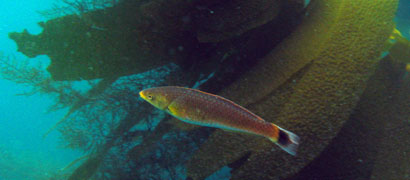
© Richard Ling/flickrSome radioactive material probably accumulated in fish that eat California's giant kelp – including señorita, pictured above. There is no data on what iodine 131, which has a half life of only eight days, might do to fish.
Kelp off Southern California was contaminated with short-lived radioisotopes a month after Japan's Fukushima accident, a sign that the spilled radiation reached the state's urban coastline, according to a new scientific
study.
Scientists from California State University, Long Beach tested giant kelp collected in the ocean off Orange County and other locations after the March, 2011 accident, and detected radioactive iodine, which was released from the damaged nuclear reactor.
The largest concentration was about 250-fold higher than levels found in kelp before the accident."Basically we saw it in all the California kelp blades we sampled," said Steven Manley, a Cal State Long Beach biology professor who specializes in kelp.
The radioactivity had no known effects on the giant kelp, or on fish and other marine life, and it was undetectable a month later.
Iodine 131 "has an eight-day half life so it's pretty much all gone," Manley said. "But this shows what happens half a world away does effect what happens here. I don't think these levels are harmful but it's better if we don't have it at all."
A year ago, Manley watched coverage of the tsunami and Fukushima accident and wondered what impact it might have on California's marine life, particularly his favorite subject matter - kelp.
Spread in large, dense, brown forests across the ocean off California, Macrocystis pyrifera, known as giant kelp, is the largest of all algae and grows faster than virtually any other life on Earth. It accumulates iodine so Manley realized it would be a useful dosimeter to check how far radioactive material spreads.
"Kelp forests are some of the most productive ecosystems on Earth," he said. "I thought this would be an opportunity because one thing about macrocystis is it has a large surface canopy," which means it is continually exposed to the air - and whatever contaminants are in it.
In addition, giant kelp concentrates radioactive iodine 10,000-fold - for every one molecule in the water there would be 10,000 in its tissues.
Kelp was collected at three sites off Orange County, as well as Palos Verdes Peninsula in Los Angeles County, Santa Barbara, Pacific Grove and Santa Cruz. The highest concentration of iodine 131 was found in the kelp off Corona del Mar, which receives runoff from a large portion of Orange County. Its kelp was collected on April 15 of last year and tested five days later.
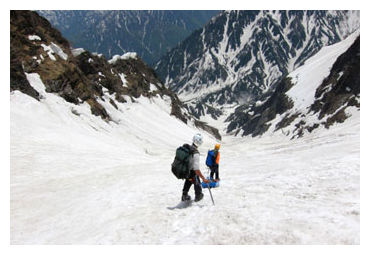
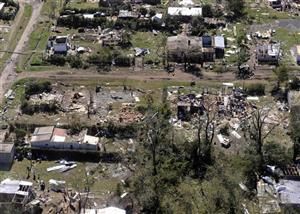

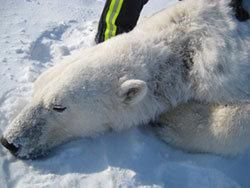
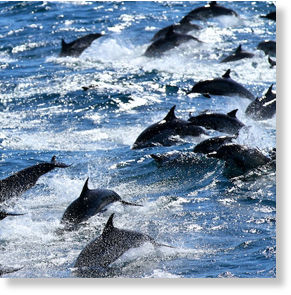
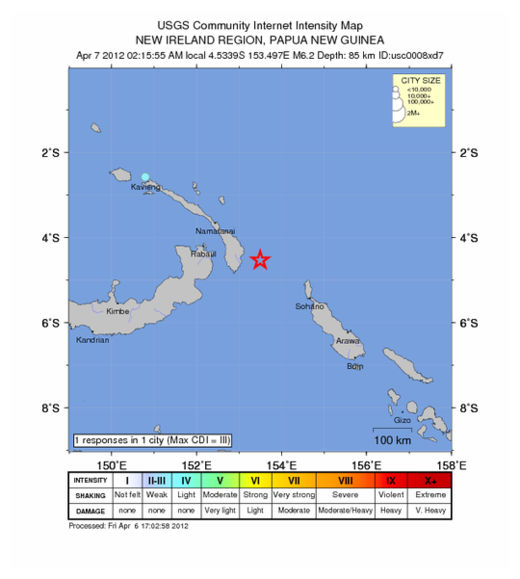

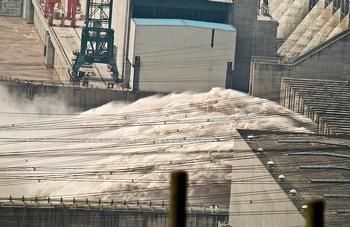
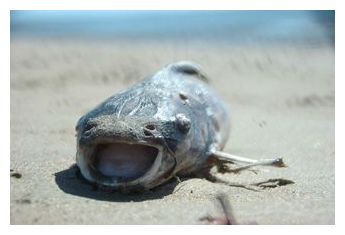
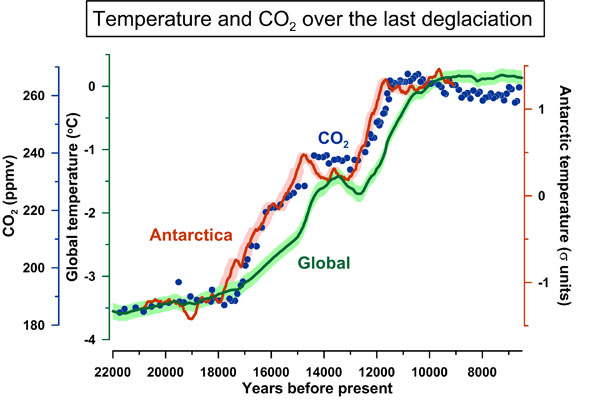



Comment: Ruling out Fukushima, the following is in reference to Radiation on the skin, using Radiation Therapy in this instance.
Moist Reaction
"Peeling skin during radiation therapy can lead to the formation of sores and ulcers, as noted by the National Cancer Institute. This happens more commonly in areas where there are skin folds, such as under the breasts or buttocks, and may also occur where the skin is thinner, such as the neck. If a patient develops an ulcer or sore, he should let the physician or nurse know so antibiotics can be prescribed if necessary."
Of course Fukushima can be ruled out.